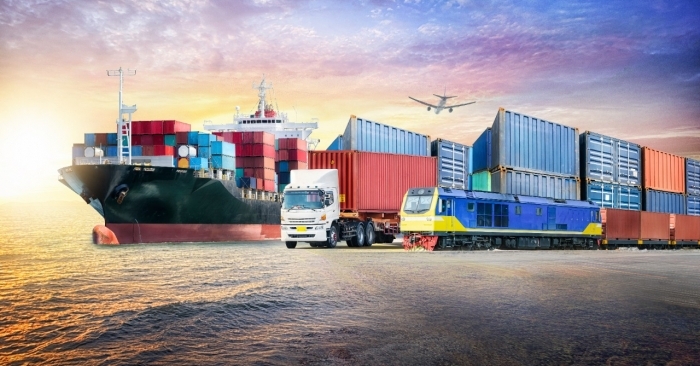New York Fed draws up new supply chain index but does it capture the real issues?
The Global Supply Chain Pressure Index (GSCPI), a new barometer developed by the New York Federal Reserve, is an attempt to integrate commonly used metrics to provide a comprehensive summary of potential disruptions affecting global supply chains.

January 10, 2022: The Global Supply Chain Pressure Index (GSCPI), a new barometer developed by the New York Federal Reserve, is an attempt to integrate commonly used metrics to provide a comprehensive summary of potential disruptions affecting global supply chains.
Among data points taken for the new index include the Baltic Dry Index, the Harpex container charter rate index, a mix of air freight prices and a host of Purchase Manager Index (PMI) surveys from around the world.
To estimate GSCPI, the authors had a data set of 27 variables: the three country-specific supply chain variables for each of the economies in the sample (the euro area, China, Japan, South Korea, Taiwan, the U.K., and the U.S.), the two global shipping rates, and the four price indices summarising airfreight costs between the U.S., Asia, and Europe.
Analysts have tracked the index back to 1997, and the chart shows there has been no period of such supply chain pressure in the last 25 years as experienced over the past year. Starting off with -0.58 points, GSCPI hit an all-time high of 4.37 in November 2021.
"We observe that the GSCPI jumped at the beginning of the pandemic period when China imposed lockdown measures. The index then fell briefly as world production started to get back online around the summer of 2020 before rising at a dramatic pace during the winter of 2020 (with Covid resurgence) and the subsequent recovery period. More recently, the GSCPI seems to suggest that global supply chain pressures, while still historically high, have peaked and might start to moderate somewhat going forward," the authors noted.
Is the Fed missing out the real action?
Not all experts are buying this index. Jason Miller, supply chain professor at the Michigan State University's Eli Broad College of Business, for one, listed out various concerns in his LinkedIn post:
"The selected ocean pricing indexes are questionable. The Baltic Exchange Dry Index means little to a retailer, wholesaler, or manufacturer importing intermediate demand inputs. For container shipping, I prefer the data from Drewry over Harpex. Drewry data are available for free (https://lnkd.in/dShpahNW). Drewry isn’t showing a recent sharp drop that the Fed's plot of Harpex shows.
"For air freight prices, it would be better to use only data to the US, and certainly not the US → Asia, as that is a backhaul market whose prices haven’t shown a sharp upward move since the pandemic."
Miller feels the index is heavily affected by the PMI series for delivery times. "These series showed a substantial increase during the initial COVID-19 lockdown period, which makes sense. However, this is a different reason for pressure than what we are seeing today. As such, I think the sharp spike in pressure observed by this index in March 2020 – July 2020 should be viewed more as an outlier."
A safer bet for understanding supply chain pressure for international shipments is to look at movements in inbound ocean and air prices, Miller concluded.

Jyothi Shankaran
Associate Editor, STAT Media Group. He has worked with IndiaSpend, Bloomberg TV, Business Standard and Indian Express Group. Jyothi can be reached at jyothi@statmediagroup.com


